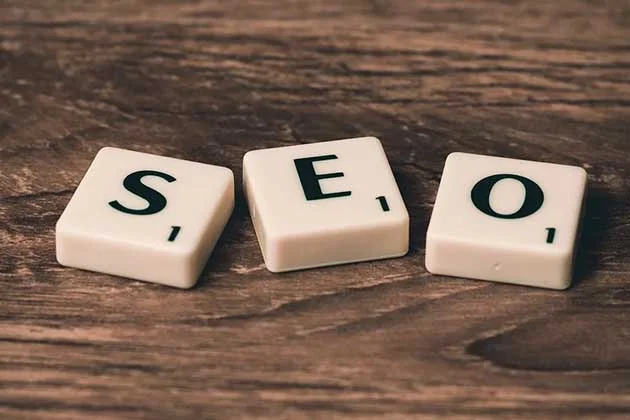Online marketing is becoming more and more important for business. When people are looking to buy something, they have many options, so being able to get your product or service in front of potential customers is the key to success – especially since most use the internet to browse for what they want. The best way to do this online is through search engine optimization (SEO). To help companies learn more about what SEO is and how it can be used here’s an easy guide to understanding search engine optimization.
1. Accurate Keywords
A keyword is a word or phrase that people use when they type in something to find on the internet. As the founder of a B2B SEO company notes, using white hat techniques – keywords being one of the elements of them – can greatly improve your online visibility. For instance, if someone is looking for “coffee makers” or “coffee shop”, these are keywords. Keywords need context to be effective in getting customers to find your business. This is why “coffee makers” isn’t as effective on its own, but when paired with the word “reviews”, the phrase becomes much more powerful.
Most search engines give more weight to keywords with high monthly searches and low competition. Using a keyword research tool, you can discover the best keywords to use in your online marketing campaign. These tools show something called “keyword difficulty,” which helps you find keywords that have a low competition level and high monthly searches. That way, when people search for what you offer, they are more likely to find you rather than your competitors, especially if you follow SEO optimization tips to fine-tune your strategy and boost your search engine rankings.
2. Meta Tags
Meta tags are the HTML code that search engine spiders read when crawling websites. This is how they determine what pages to put in their index and where to rank them. Most SEOs suggest placing your most important keywords in the following areas:
– Title tag – 70 characters or less, should include your brand name
– Description tag – 150 characters or less, should describe your site
– Keyword tag – 1-5 keywords that are relevant to your brand name, should be separate from the title tags
These are the general guidelines for meta tags, but there are other HTML tags some suggest using. One of the most important is the “title tag”, which some SEO professionals call the second most important element in search engine optimization. When this element is used correctly, it can help improve your ranking on search engine result pages (SERPs), so make sure to include relevant keywords while still maintaining readability for viewers.
3. Backlinks And Content
A backlink is a link that points to a page on your site. The more quality, unique and relevant links you have pointing to your site, the higher Google will rank your content when someone searches for keywords related to it. Backlinks can come from many different sources such as social media sites, niche communities, and articles you’ve written.
Having a website is the first step in building high-quality backlinks, but it can be tough to get people to visit your site unless they know about it first. This is why SEO should be an important part of your online marketing strategy if not the central part. Getting organic traffic through search engine optimization will help increase the number of people visiting your site.
Once you have figured out keywords, meta tags, and backlinks for your website it’s time to focus on the quality of the content. This means that making good content is just as important, if not more so, than optimizing it for search engines.
4. Link Building
A link is important because it helps search engines determine your site’s relevancy. The more high-quality sites that link to you, the better. This means other sites are seeing the value in what you offer and want their users to see it too.
When other people use keywords, meta tags, and backlinks to link to your site, this is called “link building”. Search engines typically work on a system of “link popularity”, where the more links pointing to your site, the higher it will rank. This can help increase the number of people who come to your site from search engine results, which can help your business grow.
There are many different strategies that you can use to build links, and some of the more popular ones include social bookmarking, submitting your site to search engines and directories, and guest blogging. Companies like Google and Bing work hard at finding ways to make sure their results are relevant, so it can be helpful to stay up-to-date on the latest news.
While these are the core aspects of SEO, you shouldn’t forget about social media. This is an essential part of modern search engine optimization because it can help boost your SEO efforts. Social media sites incorporate social signals into their ranking algorithms, so it’s important you maintain a healthy social media presence to optimize your site for organic traffic. While it can seem daunting at first, understanding search engine optimization can be crucial for your business. If you aren’t sure where to start with this, it’s always a good idea to contact a professional and have them help you out.











